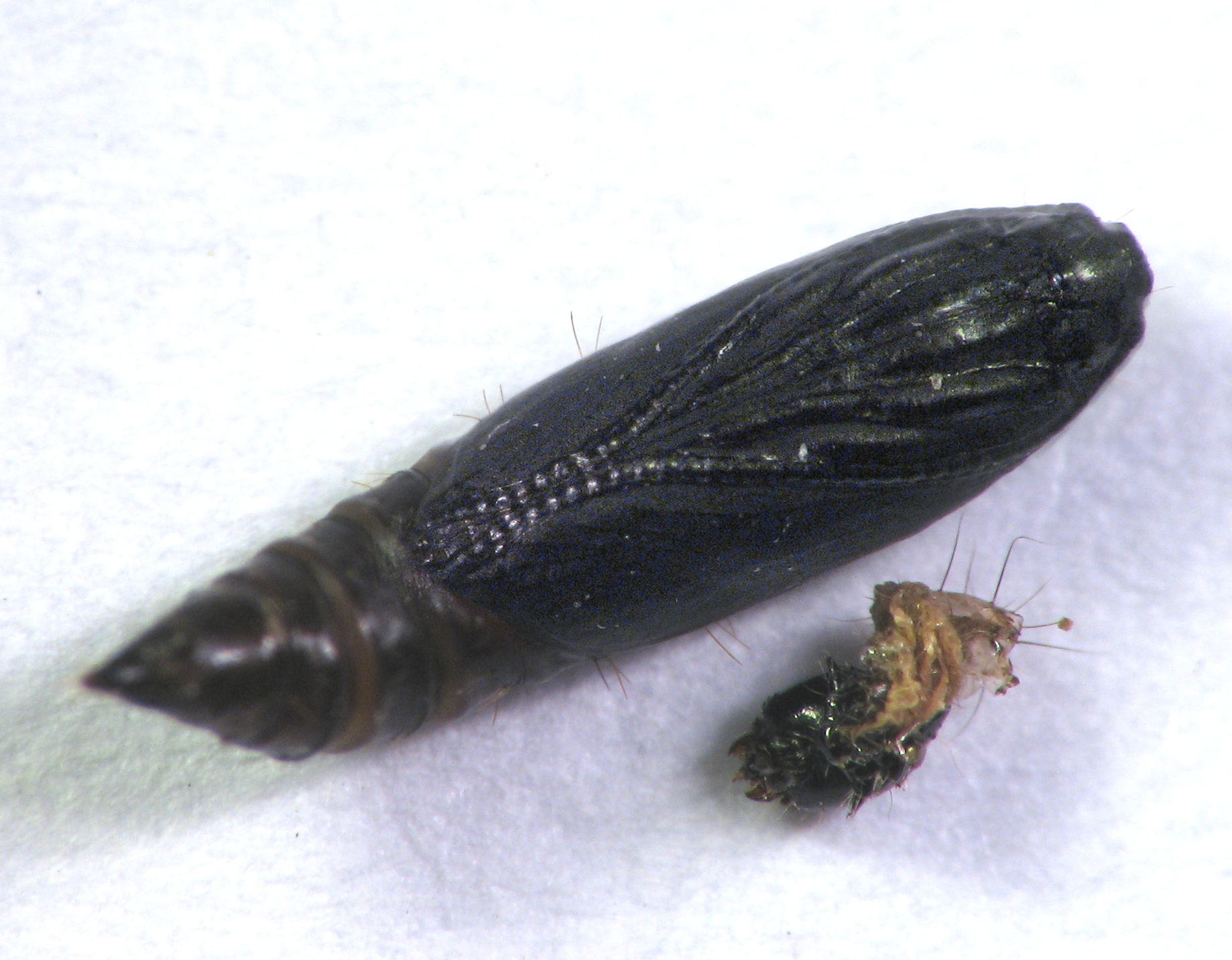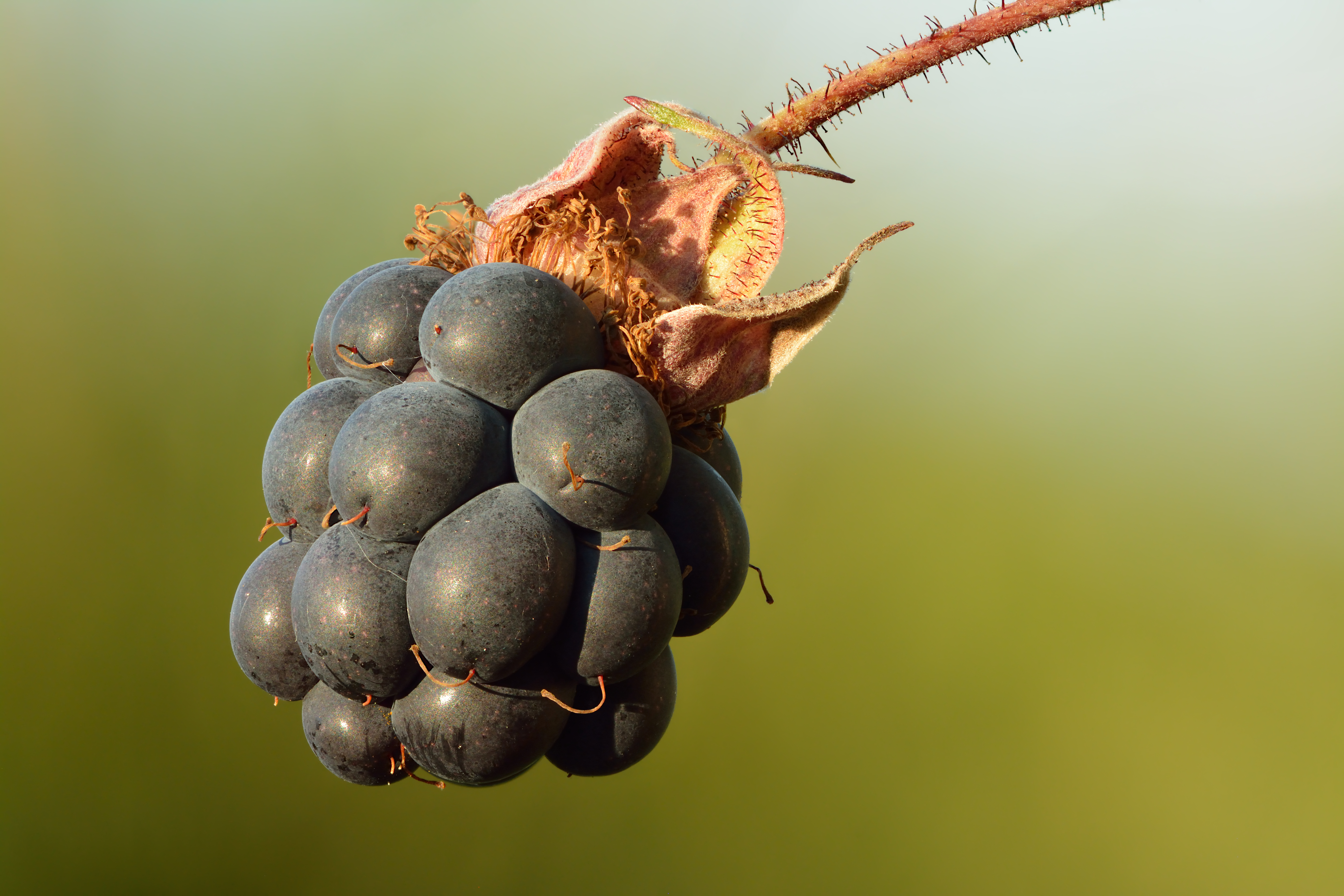|
Dichomeris Derasella
''Dichomeris derasella'' is a moth of the family Gelechiidae. It is found in most of Europe, except Ireland, Norway, Sweden, the Iberian Peninsula and part of the Balkan Peninsula. The wingspan is 21–22 mm. Adults are on wing from mid-April to the end of May in one generation per year. The larvae feed on '' Cerasus'', ''Crataegus'', ''Malus sylvestris'' and ''Rubus ''Rubus'' is a large and diverse genus of flowering plants in the rose family, Rosaceae, subfamily Rosoideae, most commonly known as brambles. Fruits of various species are known as raspberries, blackberries, dewberries, and bristleberries. ...''. References Moths described in 1775 derasella Moths of Europe Moths of Asia {{Dichomeris-stub ... [...More Info...] [...Related Items...] OR: [Wikipedia] [Google] [Baidu] |
Michael Denis
Johann Nepomuk Cosmas Michael Denis, also: ''Sined the Bard'', (27 September 1729 – 29 September 1800) was an Austrian Catholic priest and Jesuit, who is best known as a poet, bibliographer, and lepidopterist. Life Denis was born at Schärding, located on the Inn (river), Inn River, then ruled by the Electorate of Bavaria, in 1729, the son of Johann Rudolph Denis, who taught him Latin at an early age. At the age of ten, he was enrolled to be educated by the Jesuits at their college in Passau. After completing his studies in 1747, he entered the novitiate of the Jesuits in Vienna. In 1749, following this initial formation period, Denis was sent to carry his period of regency (Jesuit), Regency at Jesuit colleges in Graz and Klagenfurt. He was Holy Orders, ordained a Catholic priest, priest in 1757. Two years later, he was appointed professor at the Theresianum in Vienna, a Jesuit college. After the suppression of the Jesuits in 1773, and the subsequent closing of the college, he ... [...More Info...] [...Related Items...] OR: [Wikipedia] [Google] [Baidu] |
Dichomeris Derasella Larva
''Dichomeris'' is a genus of moths in the family Gelechiidae erected by Jacob Hübner in 1818. Selected species *''ligulella'' species group **''Dichomeris ligulella'' Hübner, 1818 **'' Dichomeris gausapa'' Hodges, 1986 *''acuminata'' species group **'' Dichomeris acuminatus'' (Staudinger, 1876) **'' Dichomeris nenia'' Hodges, 1986 *''condaliavorella'' species group **'' Dichomeris condaliavorella'' (Busck, 1900) *''citrifoliella'' species group **'' Dichomeris blanchardorum'' Hodges, 1986 **'' Dichomeris citrifoliella'' (Chambers, 1880) **'' Dichomeris carycina'' (Meyrick, 1914) **'' Dichomeris caryophragma'' (Meyrick, 1923) **'' Dichomeris diacnista'' (Meyrick, 1923) *''marginella'' species group **''Dichomeris marginella'' (Fabricius, 1781) **'' Dichomeris juniperella'' (Linnaeus, 1761) *''solatrix'' species group **''Dichomeris solatrix'' Hodges, 1986 *''hypochloa'' species group **'' Dichomeris hypochloa'' Walsingham, 1911 **'' Dichomeris sacricola'' (Meyrick, 1922) **'' Dic ... [...More Info...] [...Related Items...] OR: [Wikipedia] [Google] [Baidu] |
Moths Described In 1775
Moths are a group of insects that includes all members of the order Lepidoptera that are not butterflies. They were previously classified as suborder Heterocera, but the group is paraphyletic with respect to butterflies (suborder Rhopalocera) and neither subordinate taxon is used in modern classifications. Moths make up the vast majority of the order. There are approximately 160,000 species of moth, many of which have yet to be described. Most species of moth are nocturnal, although there are also crepuscular and diurnal species. Differences between butterflies and moths While the butterflies form a monophyletic group, the moths, comprising the rest of the Lepidoptera, do not. Many attempts have been made to group the superfamilies of the Lepidoptera into natural groups, most of which fail because one of the two groups is not monophyletic: Microlepidoptera and Macrolepidoptera, Heterocera and Rhopalocera, Jugatae and Frenatae, Monotrysia, and Ditrysia.Scoble, MJ 1995. The ... [...More Info...] [...Related Items...] OR: [Wikipedia] [Google] [Baidu] |
Rubus
''Rubus'' is a large and diverse genus of flowering plants in the rose family, Rosaceae, subfamily Rosoideae, most commonly known as brambles. Fruits of various species are known as raspberries, blackberries, dewberries, and bristleberries. It is a diverse genus, with the estimated number of ''Rubus'' species varying from 250 to over 1000, found across all continents except Antarctica. Most of these plants have woody stems with prickles like roses; spines, bristles, and gland-tipped hairs are also common in the genus. The ''Rubus'' fruit, sometimes called a bramble fruit, is an aggregate of drupelets. The term ''cane fruit'' or ''cane berry'' applies to any ''Rubus'' species or hybrid which is commonly grown with supports such as wires or canes, including raspberries, blackberries, and hybrids such as loganberry, boysenberry, marionberry and tayberry. The stems of such plants are also referred to as ''canes''. Description Bramble bushes typically grow as shrubs (t ... [...More Info...] [...Related Items...] OR: [Wikipedia] [Google] [Baidu] |
Malus Sylvestris
''Malus sylvestris'', the European crab apple, also known as the European wild apple or simply the crab apple, is a species of the genus ''Malus''. Its scientific name means "forest apple", reflecting its habitat. It is native to western Eurasia. Description The wild apple is a deciduous small to medium-sized tree, but can also grow into a multi-stemmed bush. It can live 80–100 years and grow up to tall with trunk diameters of usually , although diameters exceeding have been recorded. The leaves are roundish-oval and sometimes hairy on the underside. The hermaphrodite flowers appear in May, slightly preceding hawthorn, have white or pinkish petals and are insect-pollinated. The small pome-fruits are around in diameter, ripen in autumn and fall to the ground. The bark is light brown and breaks up in flakes. The branches are spiny, especially in response to pruning or browsing. Identification European wild apples hybridise readily with domesticated apples, which can ma ... [...More Info...] [...Related Items...] OR: [Wikipedia] [Google] [Baidu] |
Crataegus
''Crataegus'' (), commonly called hawthorn, quickthorn, thornapple, Voss, E. G. 1985. ''Michigan Flora: A guide to the identification and occurrence of the native and naturalized seed-plants of the state. Part II: Dicots (Saururaceae–Cornaceae)''. Cranbrook Institute of Science and University of Michigan Herbarium, Ann Arbor, Michigan. May-tree,Graves, Robert. ''The White Goddess: A Historical Grammar of Poetic Myth'', 1948, amended and enlarged 1966, New York: Farrar, Straus and Giroux. whitethorn, Mayflower or hawberry, is a genus of several hundred species of shrubs and trees in the family Rosaceae, native to temperate regions of the Northern Hemisphere in Europe, Asia, North Africa and North America. The name "hawthorn" was originally applied to the species native to northern Europe, especially the common hawthorn ''C. monogyna'', and the unmodified name is often so used in Britain and Ireland. The name is now also applied to the entire genus and to the related Asi ... [...More Info...] [...Related Items...] OR: [Wikipedia] [Google] [Baidu] |
Prunus
''Prunus'' is a genus of flowering plant, flowering trees and shrubs from the family (biology), family Rosaceae. The genus includes plums, cherries, peaches, nectarines, apricots and almonds (collectively Drupe, stonefruit). The genus has a cosmopolitan distribution, being native to the temperate regions of North America, the neotropics of South America, and temperate and tropical regions of Eurasia and Africa, There are about 340 accepted species . Many members of the genus are widely cultivated for their sweet, fleshy fruit and for decorative purposes of their flowers. ''Prunus'' fruit are drupes, or stone fruits. The fleshy Fruit anatomy, mesocarp surrounding the Fruit anatomy, endocarp is edible while the endocarp itself forms a hard, inedible shell called the pyrena ("stone" or "pit"). This shell encloses the seed (or "kernel"), which is edible in some species (such as sweet almonds), but poisonous in many others (such as apricot kernels). Besides being eaten off the hand, m ... [...More Info...] [...Related Items...] OR: [Wikipedia] [Google] [Baidu] |
Wingspan
The wingspan (or just span) of a bird or an airplane is the distance from one wingtip to the opposite wingtip. For example, the Boeing 777–200 has a wingspan of , and a wandering albatross (''Diomedea exulans'') caught in 1965 had a wingspan of , the official record for a living bird. The term wingspan, more technically 'extent' , is also used for other winged animals such as pterosaurs, bats, insects, etc., and other aircraft such as ornithopters. In humans, the term wingspan also refers to the arm span, which is the distance between the length from the end of an individual's arm (measured at the fingertips) to the individual's fingertips on the other arm when raised parallel to the ground at shoulder height. Wingspan of aircraft The wingspan of an aircraft is always measured in a straight line, from wingtip to wingtip, regardless of wing shape or sweep. Implications for aircraft design and animal evolution The lift from wings is proportional to their area, so the h ... [...More Info...] [...Related Items...] OR: [Wikipedia] [Google] [Baidu] |
Dichomeris Derasella A Sprig Of Sloe With Leaves Rolled Up By Larva
''Dichomeris'' is a genus of moths in the family Gelechiidae erected by Jacob Hübner in 1818. Selected species *''ligulella'' species group **''Dichomeris ligulella'' Hübner, 1818 **'' Dichomeris gausapa'' Hodges, 1986 *''acuminata'' species group **'' Dichomeris acuminatus'' (Staudinger, 1876) **'' Dichomeris nenia'' Hodges, 1986 *''condaliavorella'' species group **'' Dichomeris condaliavorella'' (Busck, 1900) *''citrifoliella'' species group **'' Dichomeris blanchardorum'' Hodges, 1986 **'' Dichomeris citrifoliella'' (Chambers, 1880) **'' Dichomeris carycina'' (Meyrick, 1914) **'' Dichomeris caryophragma'' (Meyrick, 1923) **'' Dichomeris diacnista'' (Meyrick, 1923) *''marginella'' species group **''Dichomeris marginella'' (Fabricius, 1781) **'' Dichomeris juniperella'' (Linnaeus, 1761) *''solatrix'' species group **''Dichomeris solatrix'' Hodges, 1986 *''hypochloa'' species group **'' Dichomeris hypochloa'' Walsingham, 1911 **'' Dichomeris sacricola'' (Meyrick, 1922) **'' Dic ... [...More Info...] [...Related Items...] OR: [Wikipedia] [Google] [Baidu] |
Ignaz Schiffermüller
Jeremias "Johann" Ignaz Schiffermüller (; 2 November 1727 – 21 June 1806) was an Austrian naturalist and Jesuit teacher who took a special interest in the Lepidoptera. In order to describe the colours of butterflies, he also looked for a systematic approach to describing colours in nature and to standardize their names. Life and work Schiffermüller was born in Hellmonsödt near Linz. The baptism record notes the name as Jeremias Ignatio, he was the eighth of ten children of master brewer Leopold Schiffermiller and Maria née Margottin. Jeremias Mitterbauer a meat seller was his godfather. After studies at Linz he joined the Jesuit order in Vienna at the age of nineteen. From 1752 to 1754 he taught at the Passau Grammar School. He became a teacher of architectural drawing at the Theresianum College in Vienna in 1759 and worked there for fifteen years. During this time he took an interest in natural history, collecting specimens of butterflies. His collection was presented ... [...More Info...] [...Related Items...] OR: [Wikipedia] [Google] [Baidu] |
Balkan Peninsula
The Balkans ( , ), corresponding partially with the Balkan Peninsula, is a geographical area in southeastern Europe with various geographical and historical definitions. The region takes its name from the Balkan Mountains that stretch throughout the whole of Bulgaria. The Balkan Peninsula is bordered by the Adriatic Sea in the northwest, the Ionian Sea in the southwest, the Aegean Sea in the south, the Turkish straits in the east, and the Black Sea in the northeast. The northern border of the peninsula is variously defined. The highest point of the Balkans is Musala, , in the Rila mountain range, Bulgaria. The concept of the Balkan Peninsula was created by the German geographer August Zeune in 1808, who mistakenly considered the Balkan Mountains the dominant mountain system of southeastern Europe spanning from the Adriatic Sea to the Black Sea. In the 19th century the term ''Balkan Peninsula'' was a synonym for Rumelia, the parts of Europe that were provinces of the Ottoman E ... [...More Info...] [...Related Items...] OR: [Wikipedia] [Google] [Baidu] |




